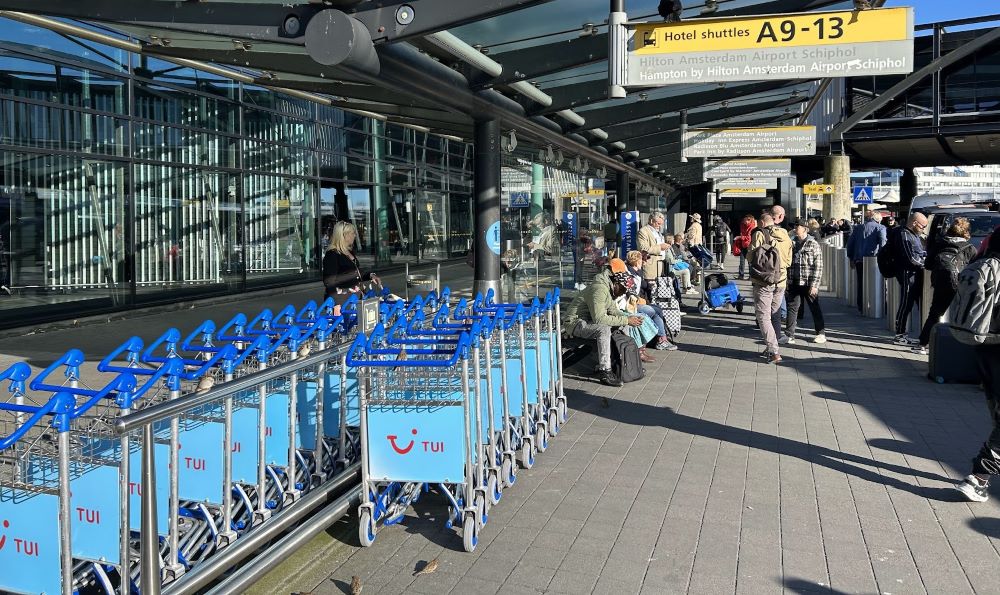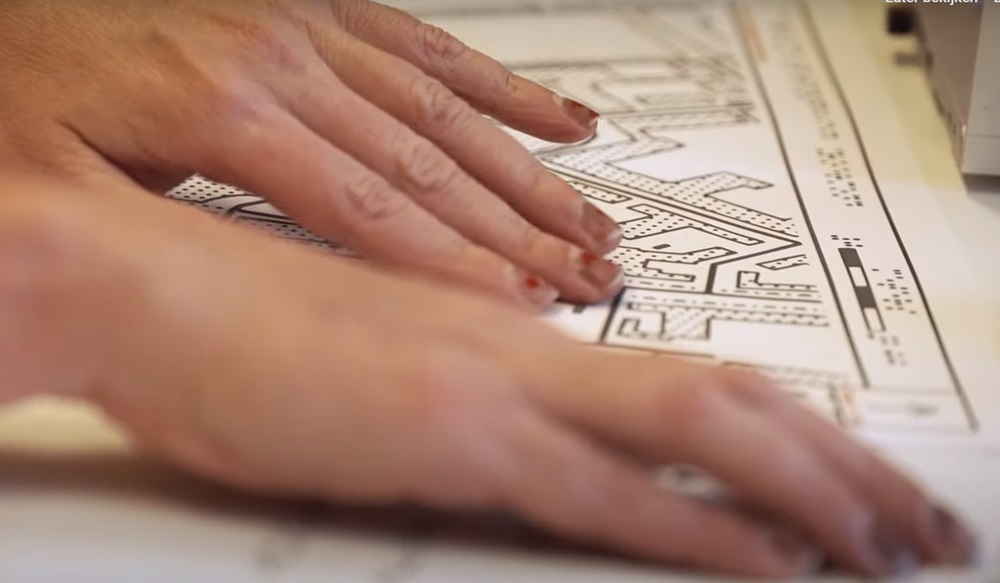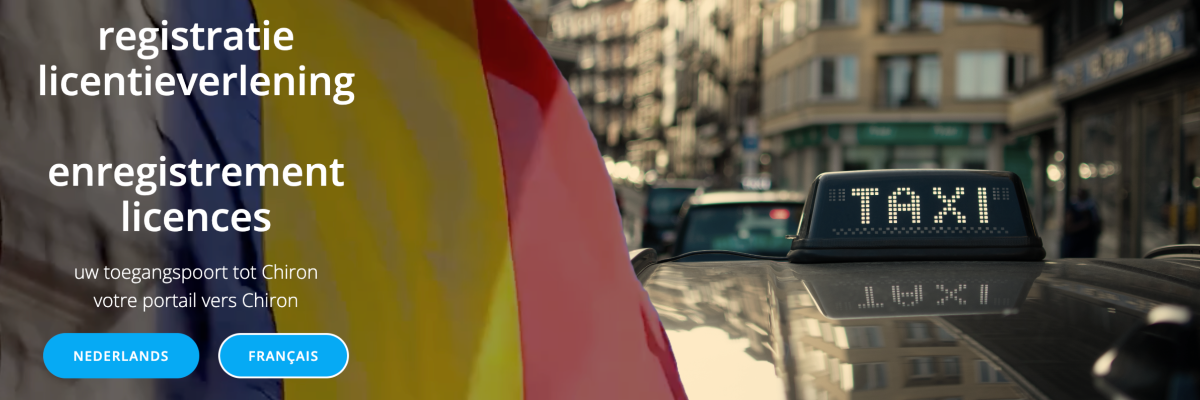It all comes down to planning, whether it's finding the right hotel or choosing a guide or tour operator that offers the right experiences.
Traveling is a sensory experience, a melting pot of sounds, smells and tastes. However, for blind and visually impaired travelers, navigating a new environment can be challenging. In our country, approximately 350.000 people are partially sighted or blind. Going on holiday is not self-evident for them. Thanks to the efforts of various organizations and the implementation of technologies, it is becoming easier for this group to explore the world
The key to a successful trip lies in advance planning. This includes finding the right hotels and guides that offer travel experiences focused on sounds, tastes and senses of touch, such as wine tastings, cooking classes or museums with tactile experiences. However, organizing a trip for people with disabilities entails many challenges.
thorough preparation
During our preparation for this article, we increasingly recognized the importance of thorough preparation. This means researching all aspects of the trip, including the hotel layout, staff reviews, and supports such as braille room numbers and large-font signage or menus. But it is also important for airlines to know whether a passenger has a visual or hearing impairment. This way they can take this into account during the flight.
Airports often pose a challenge. The rights of persons with disabilities or reduced mobility in public transport are an important issue that deserves attention. This concerns the accessibility and assistance they can expect when using different forms of transport, such as planes, trains, buses, coaches and ships.
When a person with disabilities or reduced mobility purchases a travel ticket, it is mandatory for the provider to provide relevant information about the trip in an accessible format. This includes details of the specific facilities available on board. This measure is crucial to ensure that all travelers have equal access to travel information and services.
In addition, persons with disabilities or reduced mobility are entitled to free assistance, both in terminals and on board the vehicles.
An important aspect of these rights is that transport should not be refused on the basis of disability or reduced mobility, except for reasons justified by safety or the design of the vehicle or infrastructure. This means that safety reasons can be the only legitimate basis for denying transport to this group, and highlights the need for transport companies to adapt their vehicles and services to be inclusive and accessible.

The European Parliament already approved a proposal in 2005 to better protect the rights of people with disabilities when they take planes. A guide dog is a dog that has been individually trained by a recognized professional training center to perform tasks for a person with a disability or other equivalent medical condition, whom he accompanies and to whom he is permanently associated. Guide dogs for the blind are generally accepted by the airline free of charge. We advise you to contact your travel agency or airline in advance.
The Sunflower Lanyard, internationally known as the Sunflower Lanyard, represents an innovative approach to providing support to people with hidden disabilities. This initiative, which has now received worldwide recognition, helps to make invisible disabilities visible in everyday life. This tool is particularly valuable because it discreetly alerts people in the immediate vicinity, such as aircraft, bus, train, co-workers and healthcare providers, to the wearer's potential needs.
If you are visually impaired or blind, you want to be able to orient yourself in your environment. A topographical map with tactile (tactile) information helps with this.

Tactile topographical maps with Braille contribute to a better world.
Technology also plays an important role. Thanks to groundbreaking technology, you can find your way safely, independently and easily in public buildings. Then you choose a destination to navigate to. The app guides you to this location, down to the meter. The Bartiméus Fund does everything it can to ensure that people who are visually impaired or blind can fully participate in society. Ambassadors selflessly contribute to the work of Bartiméus Fund to support and draw attention to people with a visual impairment.
You can submit an application to the National Foundation for the Blind and Visually Impaired (LSBS) for reimbursement of the costs of guidance during your holiday.
The LSBS, founded in 1864, is one of the funds for the blind and partially sighted in the Netherlands. Private individuals with a visual impairment, living in the Netherlands, can submit an application for anything that can contribute to their (independent) functioning in society, which usually concerns a concrete situation. If someone is financially unable to bear these costs themselves and ophthalmologically belongs to the target group of the foundation, that person can apply for a contribution. Eligibility is determined based on the World Health Organization (WHO) criteria for blindness and visual impairment. On the website of the LSBS Read more about the application for this.




